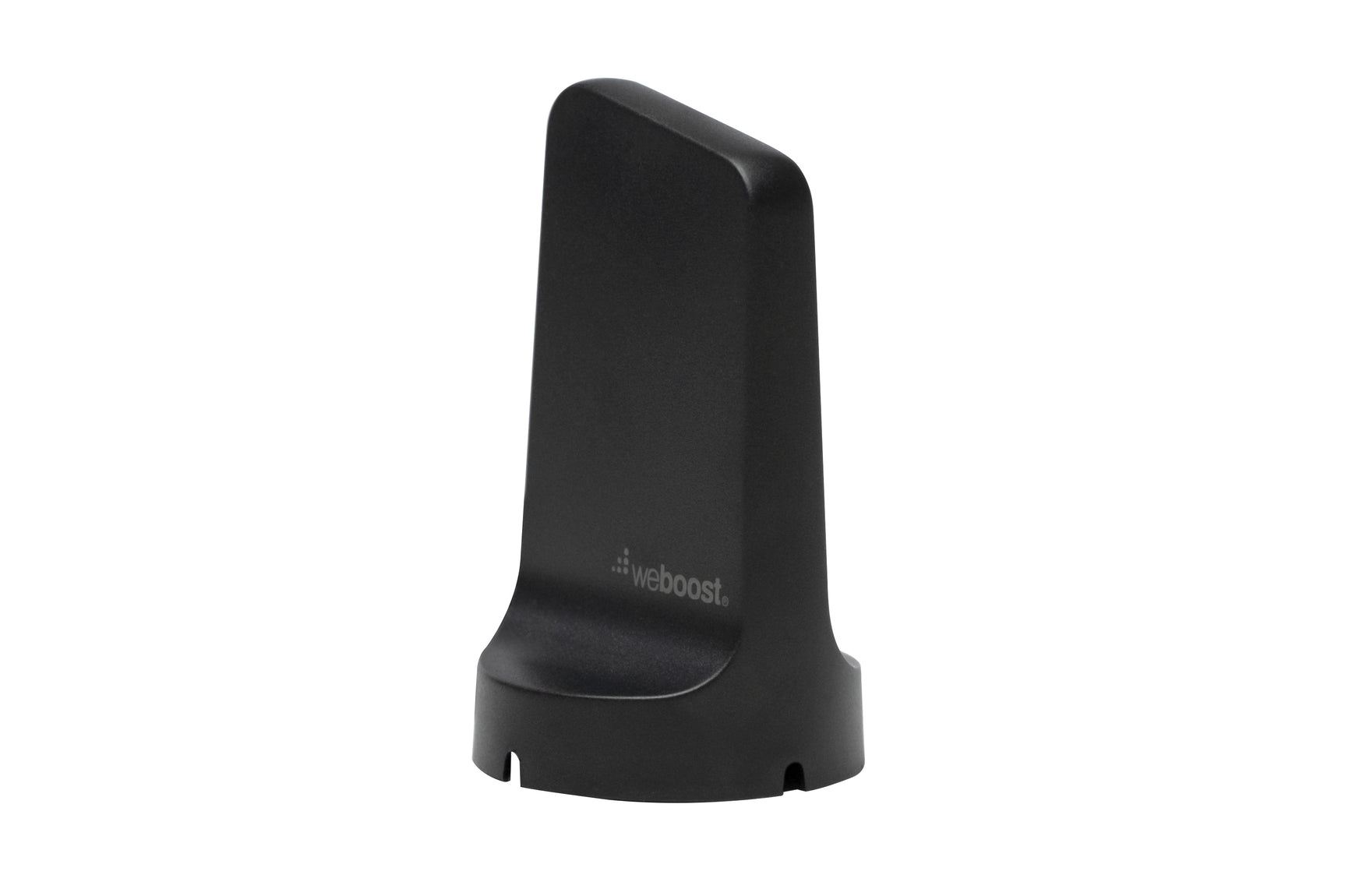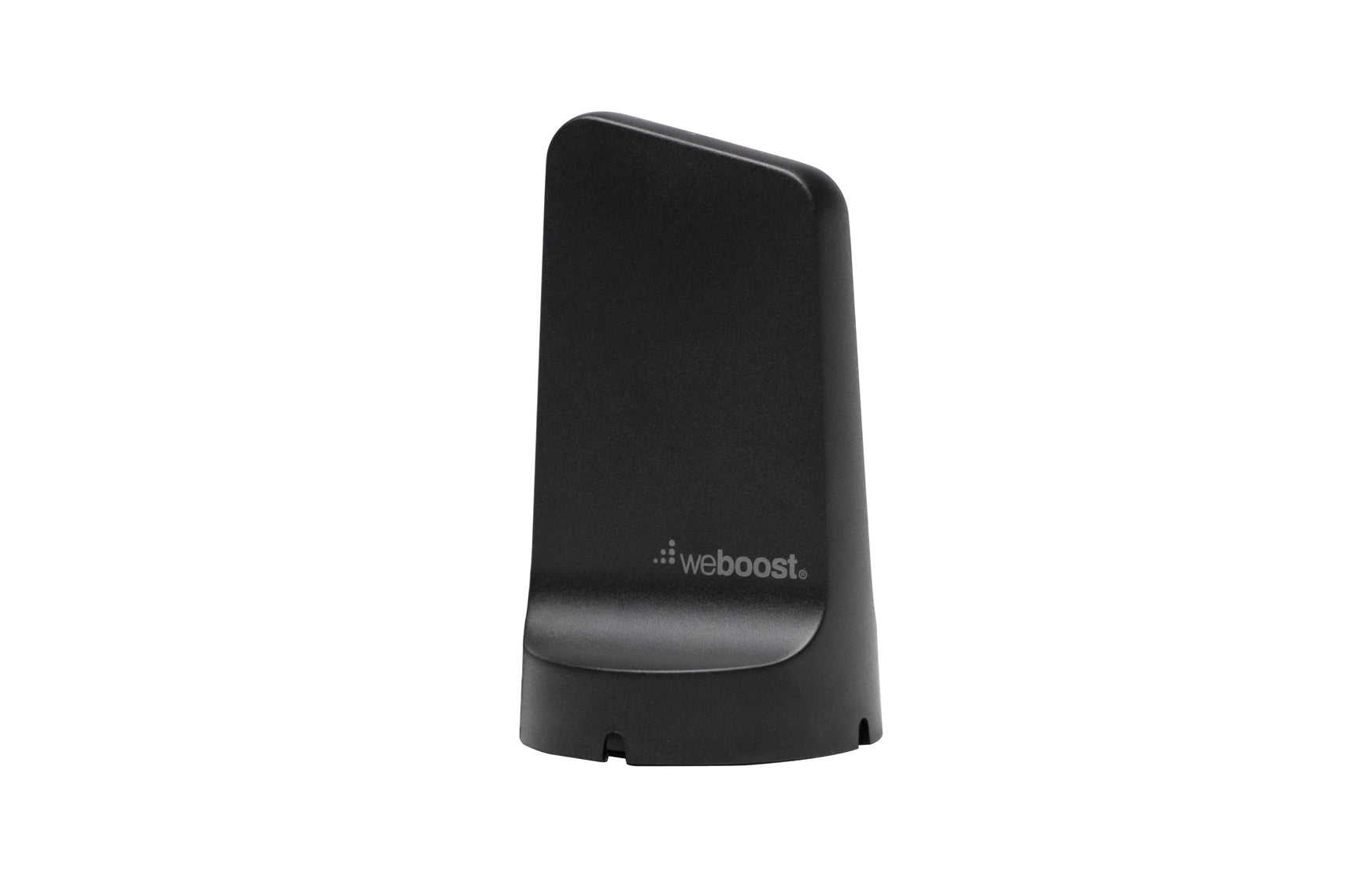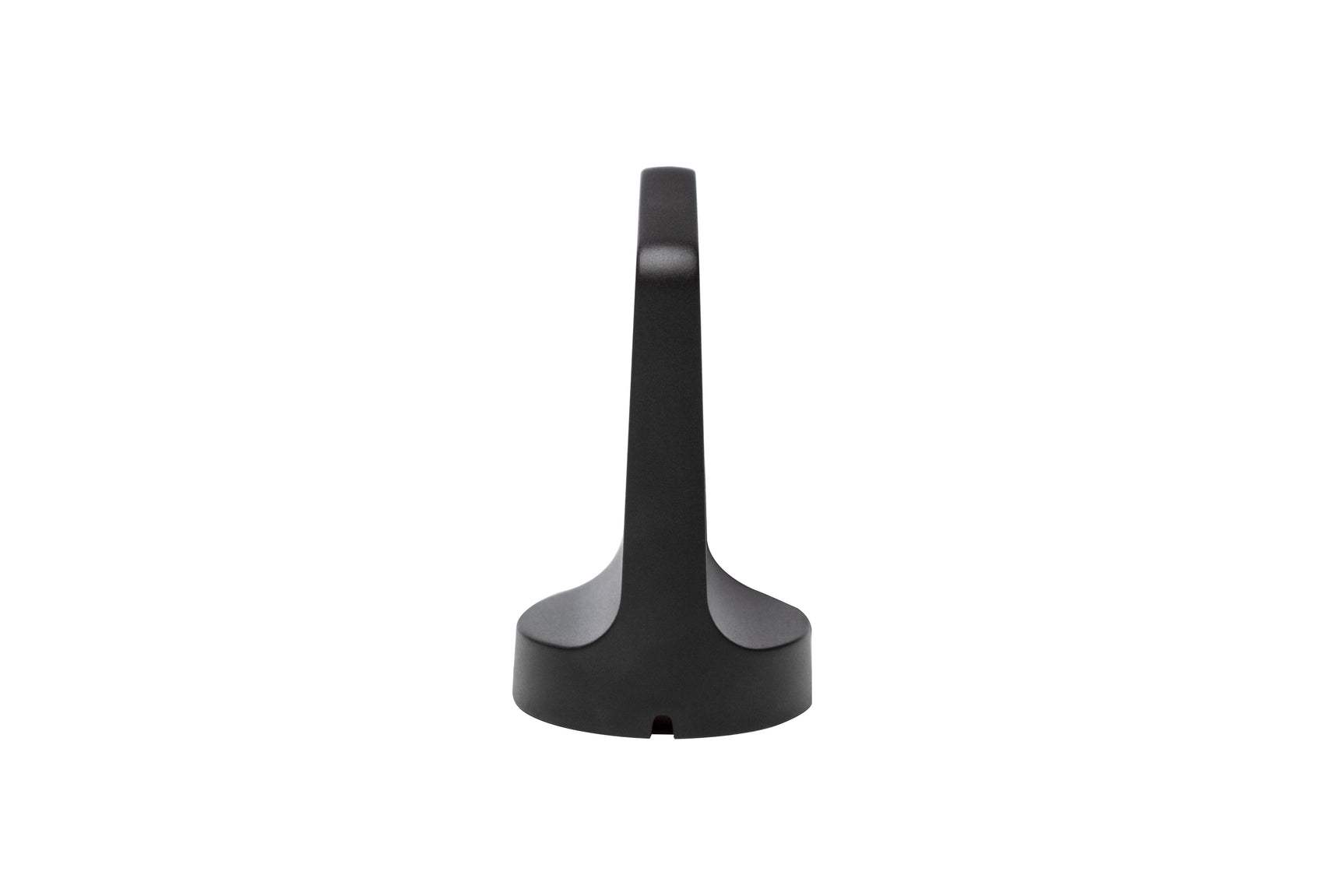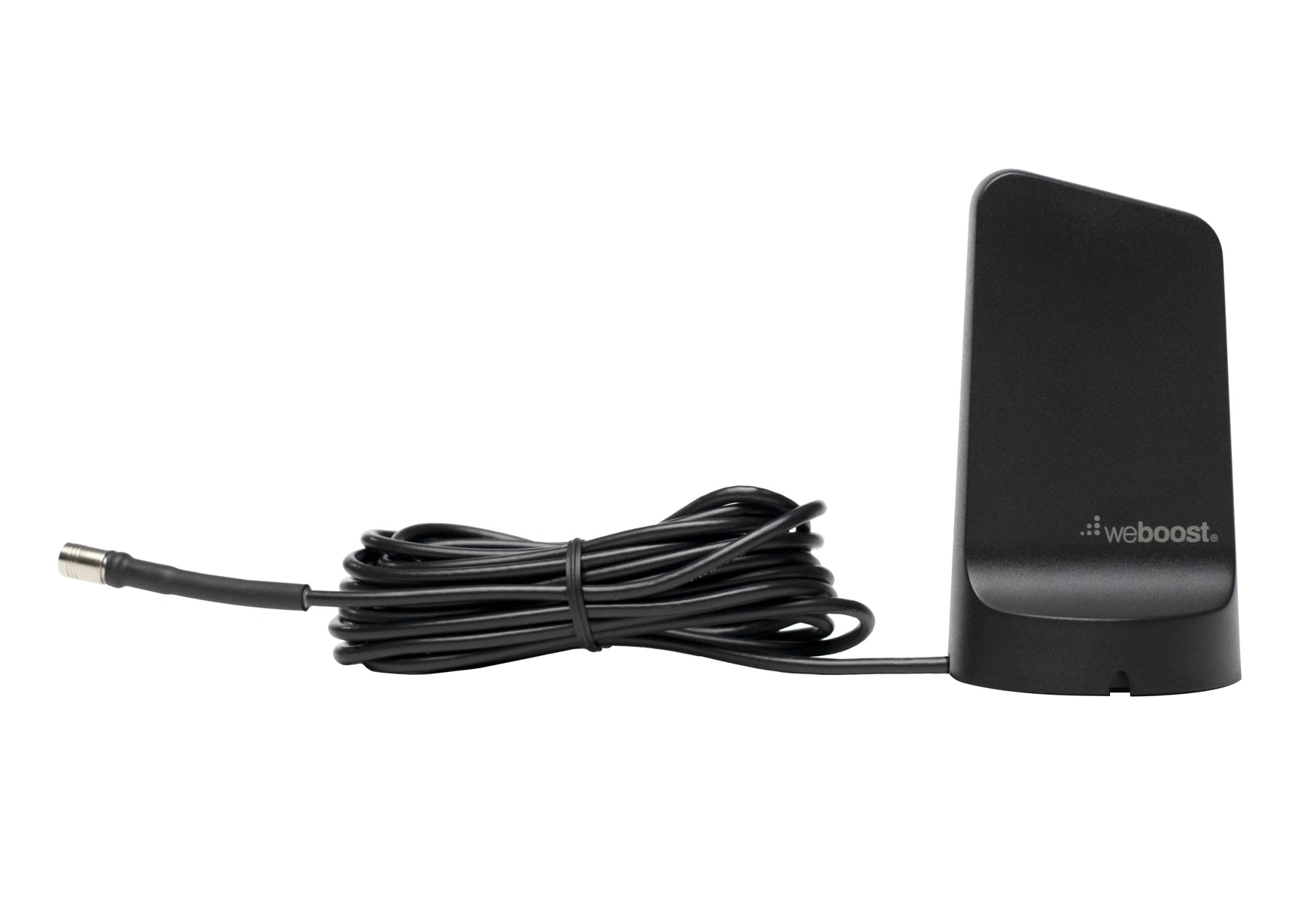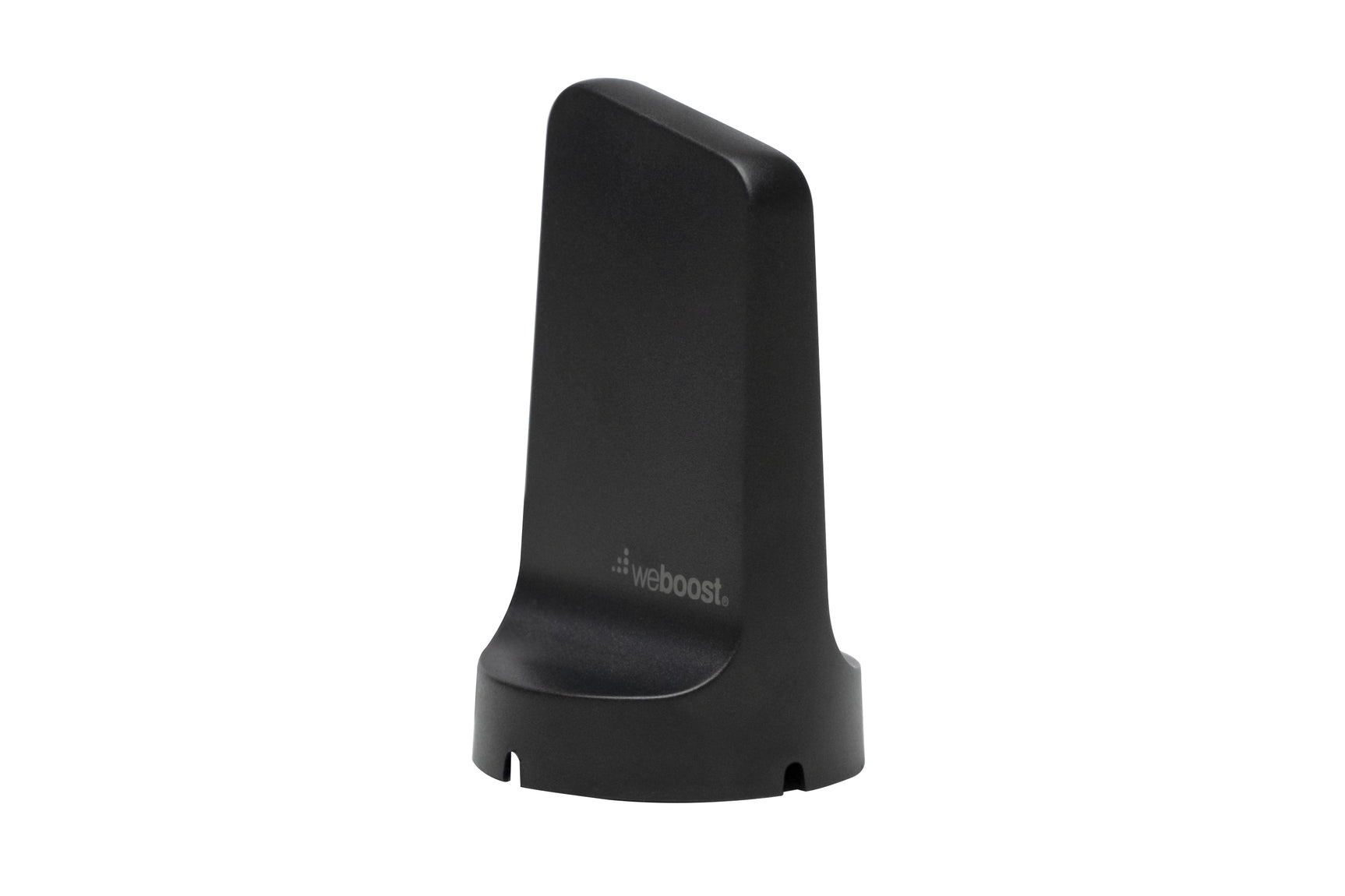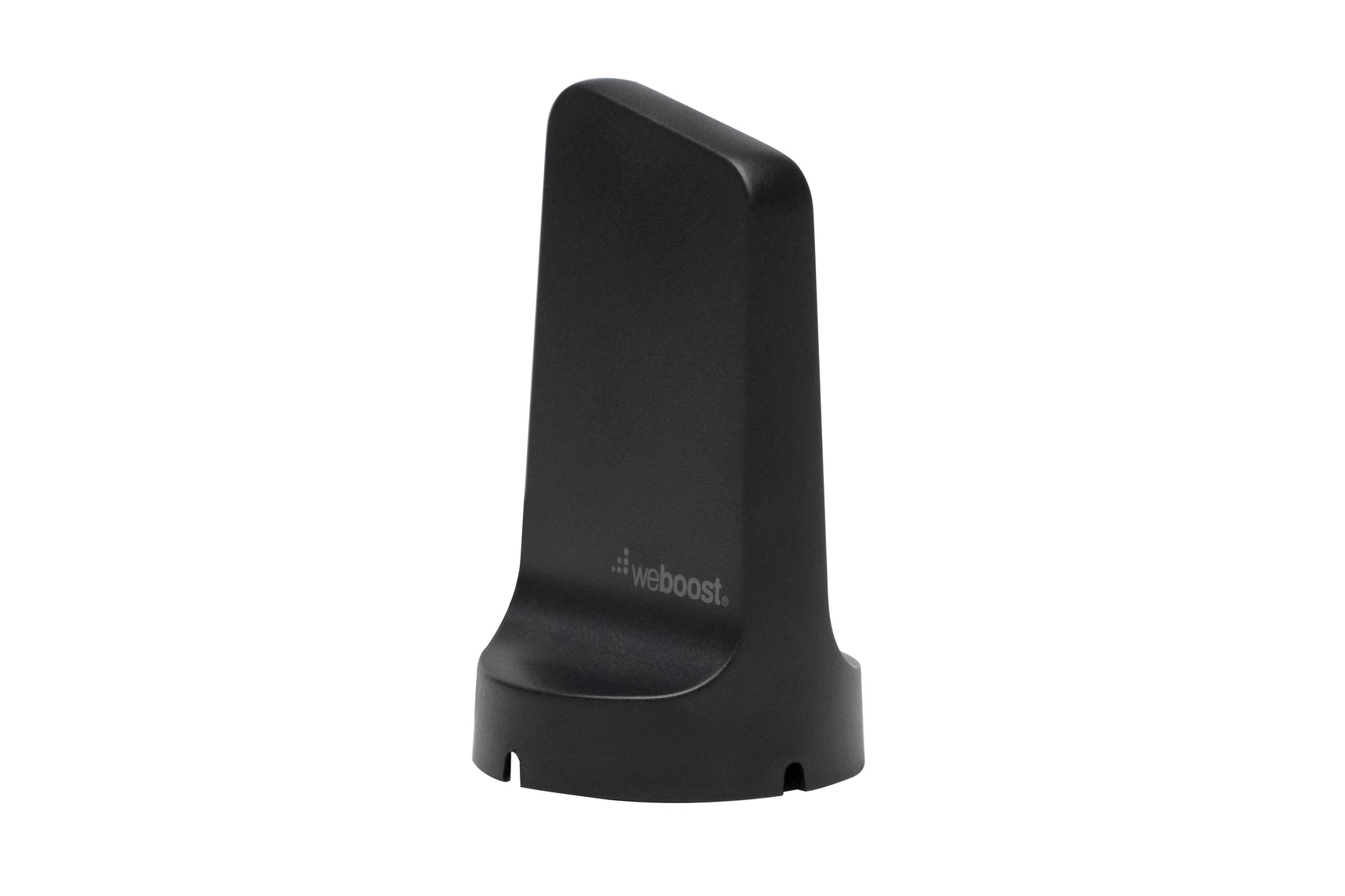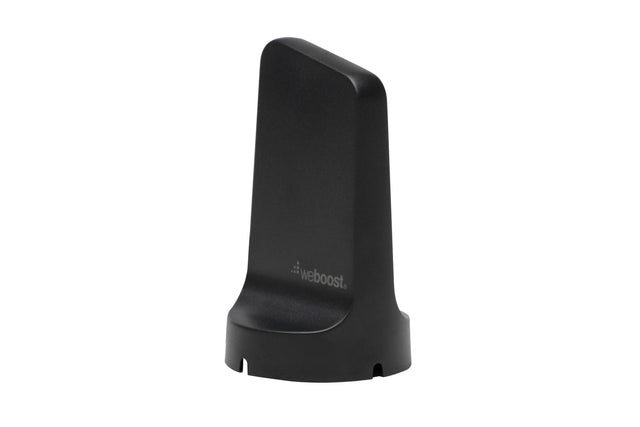weBoost Drive Magnetic Outside Antenna (311215/311216)
Your Order Includes:
- 90-Day Returns
- Lifetime Tech Support
- 2-Year Warranty
- Lowest Price Guarantee
How to Choose the Right Antennas for Your Booster
Outside Antennas:
- Yagi Directional Antenna: This antenna is more powerful because it focuses on sending and receiving signals in one direction. It works best when there are no major obstacles blocking its path to the cell tower. It's not ideal for areas with large obstructions like hills or buildings.
- Omni Antenna: This antenna sends and receives in all directions, so it's better for hilly areas or if you need to support multiple carriers with towers in different directions. It doesn’t need to be aimed, but it also isn’t as strong as the Yagi antenna.
- High Gain LPDA Antenna: Perfect for areas with very weak signals, this antenna significantly boosts signal strength. It needs a clear line of sight to the cell tower and requires a sturdy mount because of its size.
- High Gain Omni Antenna: Similar to the standard omni, this antenna receives signal from all directions but delivers significantly higher gain across all supported bands. It’s a much stronger option when you want more inside coverage than a standard omni will provide, especially in areas with weaker outside signal.
Inside Antennas:
- Panel Antenna: Can be placed on walls or ceilings and directs the signal towards a specific area. This antenna is great for homes and tall ceilings in buildings.
- Standard Dome Antenna: Designed to be mounted on the ceiling, this antenna spreads the signal evenly throughout the area. It's best suited for drop ceilings or spaces where cables can be run above the ceiling.
- Ultra-Thin Dome Antenna: This slim antenna also mounts to the ceiling, but is much is less noticeable. It's much stronger than a standard dome antenna, making it a great choice for places where both looks and signal strength are important.
Tips for Choosing:
- Choose Omni Antennas for general coverage with no aiming required.
- Choose Directional Antennas (Yagi or LPDA) when you can point directly at a cell tower and need stronger signal and more inside coverage.
- Interior Size Considerations: One antenna per 750-1,500 sq ft in homes, or 1,500-2,500 sq ft in open spaces like offices and warehouses.
Product Overview
Product Overview
The weBoost Drive Magnetic Outside Antenna is a compact, high-performance antenna designed for use with vehicle signal boosters. Whether you’re commuting through dead zones, working on the road, or heading off-grid for the weekend, this antenna helps maintain a stronger, more reliable signal by pulling in available cell coverage from nearby towers.
At just 3.4 inches tall, it blends in easily on any vehicle while delivering better performance than previous magnetic-mount designs. The improved gain helps reduce dropped calls and keep data speeds more stable in weak signal areas.
The antenna mounts quickly using a built-in magnetic base. For vehicles with aluminum or fiberglass surfaces, a metal adhesive disk is included so the antenna can still be secured properly. The attached 10-foot cable offers four exit points, allowing you to route it cleanly through a door or hatch without pinching or damage.
Connector options: This antenna is available in two versions. Both use the exact same antenna hardware — the only difference one has an additional SMB adapter included:
-
SMA-Male: Standard threaded connector that protrudes from the booster housing
-
SMB: Push-on style connector, typically flush with the booster casing
The SMB version includes an adapter for easy plug-and-play use.
Product Documents
Product Documents
Specifications
Specifications
-
SKU311216
-
ConditionNew
-
Warranty2 Years
-
Impedance
-
Gain (Up/Down)
-
Outside Antenna TypeOmnidirectional
-
Antenna ConnectorSMA-Male
-
Antenna PolarizationVertical
-
Antenna Beamwidth - Horizontal
-
Antenna Beamwidth - Vertical
-
Antenna Coax Cable
-
Antenna Max Power
-
Antenna Mount
-
Antenna VSWR
-
Cable Length
-
Dimensions
-
Material
-
Specific Frequencies Supported698-806 MHz, 806-960 MHz, 1710 - 1880 MHz, 1900-2200 MHz, 2200-2700 MHz
